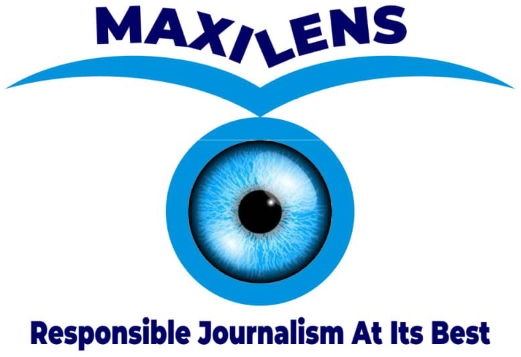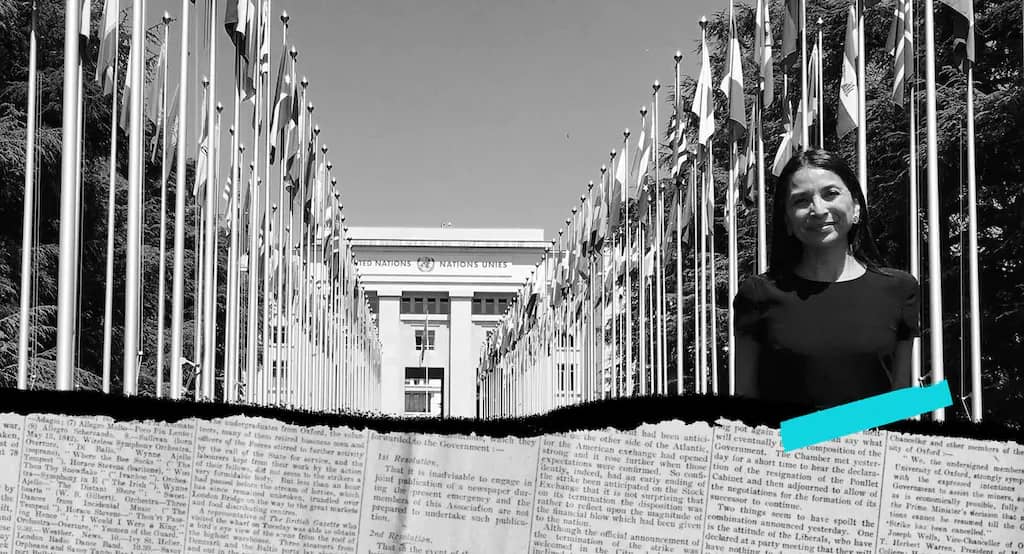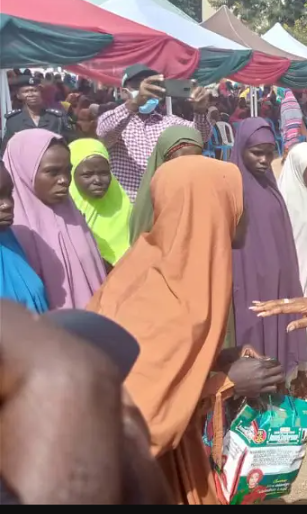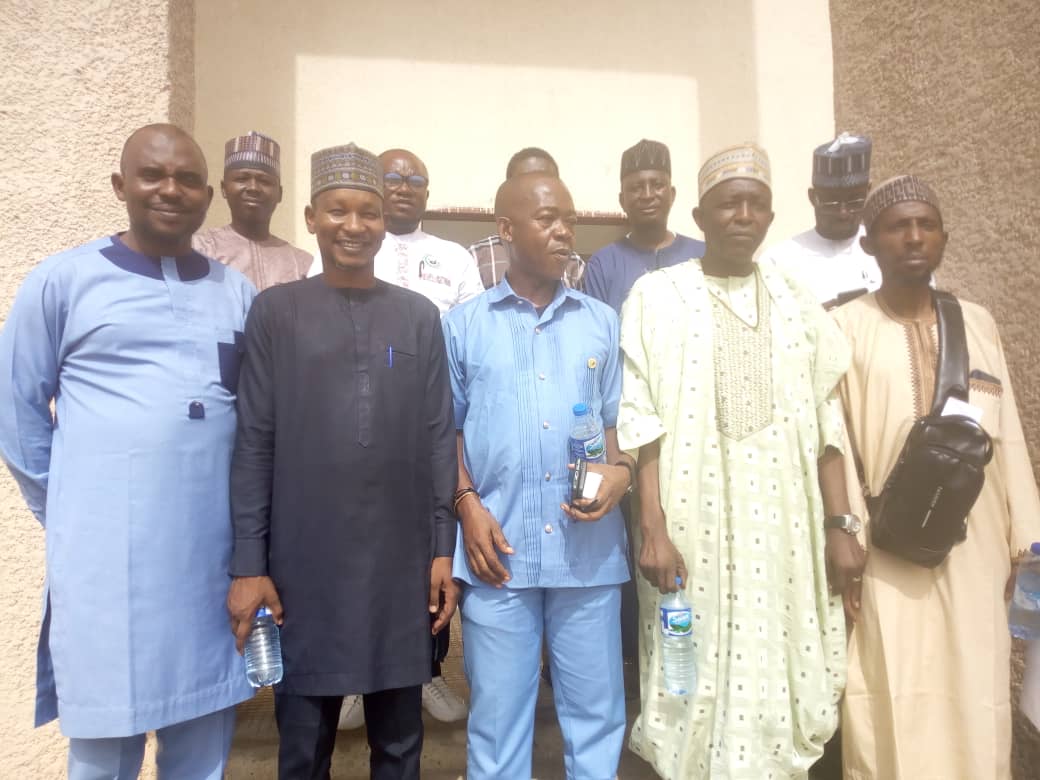Public speaking has never been a problem for me, but this time was different. I surprised myself at how nervous I was before making my remarks. It wasn’t a big crowd — maybe a dozen women’s rights defenders and a few press freedom advocates. We had gathered on Zoom for an expert group meeting on violence against women journalists — talks that had been prompted by the fact-finding mission of United Nations Special Rapporteur Dubravka Simonovic.
For the first time, the expert on gender violence would be dedicating her annual report to focus on female truth-tellers and the physical and psychological threats that we so unevenly face. It was March 13, and I had spent weeks drafting my formal testimony. It would be the first time I would speak publicly about my harrowing ordeal. I wanted it to be revealing, concise and principled.
I was supposed to have traveled to New York to provide my testimony at U.N. headquarters in person, but those plans were dashed once the World Health Organization declared a global pandemic on March 11. The change only exacerbated my nerves. All that time spent on my drafts would be lost to the coronavirus, I thought. But even so, a friend who had been a witness to all that I’d endured asked me one important question: What had I gained from writing my testimony? Then as now, my answer was simple: I had broken my silence.
Special Rapporteur Simonovic submitted her published report in July as part of the 44th session of the U.N. Human Rights Council. While the rights of female journalists are “protected” by several international and women’s rights standards, the standards seldom work in synergy, the U.N. expert noted. “Women journalists are not provided adequate protection,” she said in a teleconference detailing the report. “And the majority of women are still not speaking up.” I took strange comfort in knowing that I wasn’t alone in my reluctance to go public with my abuse.
For women in sports media, dealing with toxic masculinity is far from new.
Why other journalists would paint me in such a destructive light — presuming my guilt, and overplaying my legitimate outrage at the violation of my civil rights — bewilders me to this day, particularly at a time when the need for police reform is so apparent. It can only be described as the kind of emotional harm that the special rapporteur says manifests violence against women each year; at least 70 female journalists have been killed in the last decade.
Now, as the journalism industry wrestles with finding common ground between its deep-rooted patriarchy and a call for moral direction, the issue of sexism and discrimination in U.S. newsrooms has its place in the current discussion about fair and just treatment of newswomen like me.
For 21 years, I’ve been making my way as a journalist. When I suddenly gained recognition for my reporting at Standing Rock in 2016, it not only cast light on my career, but also the underreported realities of covering Indian Country. From this exposure, I toured the world discussing Indigenous affairs to a global audience. These talks were also framed around my other illegal arrest, when I was wrongly detained while reporting on the anti-pipeline demonstrations.
That’s also when the abuse against me began by my own colleagues, reaching back to December 2017. It started with a physical assault while on assignment, followed by surreptitious and undeserving disparagement, then months-long harassment. I detailed all this on Zoom, for the first time to more than just close confidants. Simonovic was listening closely, jotting down the occasional note. As I approached the halfway point of my remarks, I explained to her what I believe led to my violent harassment: old-fashioned jealousy, I said, the kind that is patently worse in marginalized communities like Indian Country. The U.N. expert would later identify it in her report as “intersectional discrimination.”
As I continue to process why my colleagues, both Native and non-Native, have dealt me their unjust aggressions, I suspect it has everything to do with what the U.N. expert highlighted in her report. “Women journalists are targeted for being highly visible; they are outspoken,” said Simonovic in the webcast. “They are targeted for their work, and they are breaking rules of gender inequity and stereotypes.
One of the more common outcomes of female journalists faced with disproportionate rates of violence is that they leave the profession if they’re not already imprisoned or killed. According to a 2018 global survey conducted by the International Women’s Media Foundation, of the 600 women polled, nearly 30 percent had considered a new line of work as a result of online threats and attacks stoked from their reporting.
As I wrapped up my testimony, I ended where I began by addressing my unique vulnerabilities. I, too, was on the brink of leaving the profession, I told the U.N. expert, not by choice, but out of ostracization. A year after the media’s exploitation of my arrest and its unbalanced ignoring of my exoneration, I suffered an extraordinary loss — of clients, colleagues, funders and friends. At one point, in the fall of 2019, I was essentially homeless.
Now, as I’ve sought to reemerge from my private suffering, I’m realizing new insecurities. Traces of trolling have resurfaced, and I remain unprotected from whatever abuses may come from other journalists, including their disparagement. If I were a staffer of a newsroom, and not an independent reporter, perhaps I’d have protections to shield me from such harassment, I told Simonovic. But U.S. Equal Employment Opportunity laws are not an option for me if I am to continue reporting on a beat — Indigenous affairs — that is arguably not a priority of elite newsrooms.
Wrapping up the Zoom call, I surprised myself again. I was trembling. Sharing my personal story to such a small group perhaps should not have had such an effect on me. But the release that morning was, in a word, raw.
None of this has been easy to write, but the U.N. report has given me hope. When it seemed that few, if anyone, would listen about my ordeal, Special Rapporteur Simonovic not only heard me but validated what I have been processing for months: that emotional abuse is just as violent as physical abuse — and that these aggressions aren’t segregated by outside actors. The predators are also lurking among our most inner circles, too.
That I have uniquely encountered both extremes of physical and psychological violence, and by people in my own profession — that’s what I think about when I see my industry wrangle with where we go from here. On good days, I’m inspired when I see bullies get ousted. The more we believe that journalism is a human right, the better we are for it.
JENNI MONET is founder of the newsletter Indigenously and a tribal citizen of the Pueblo of Laguna.



